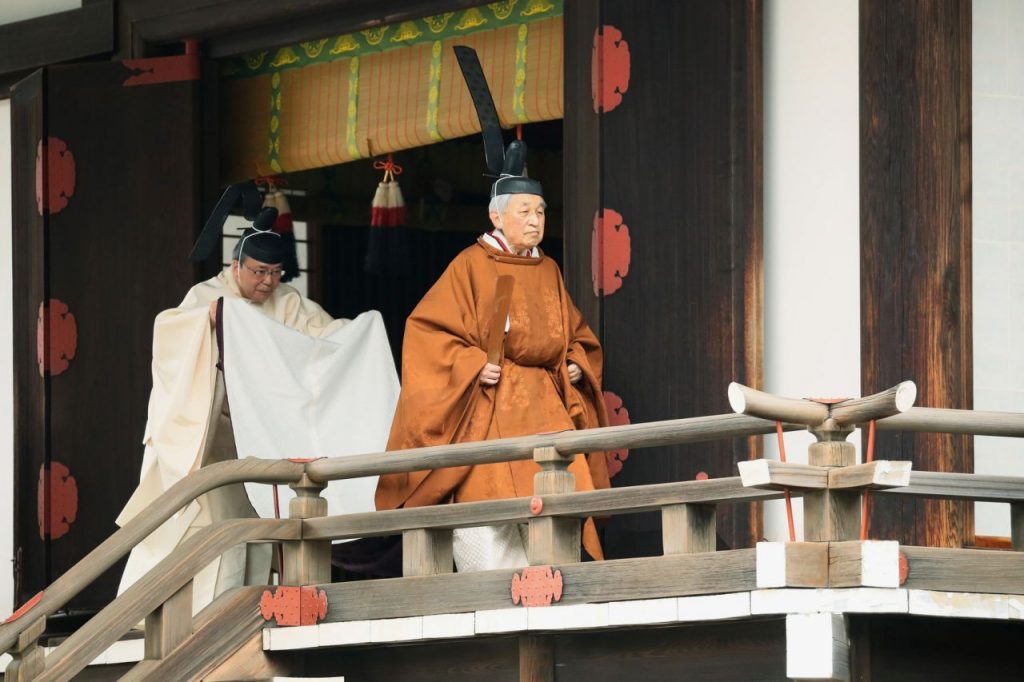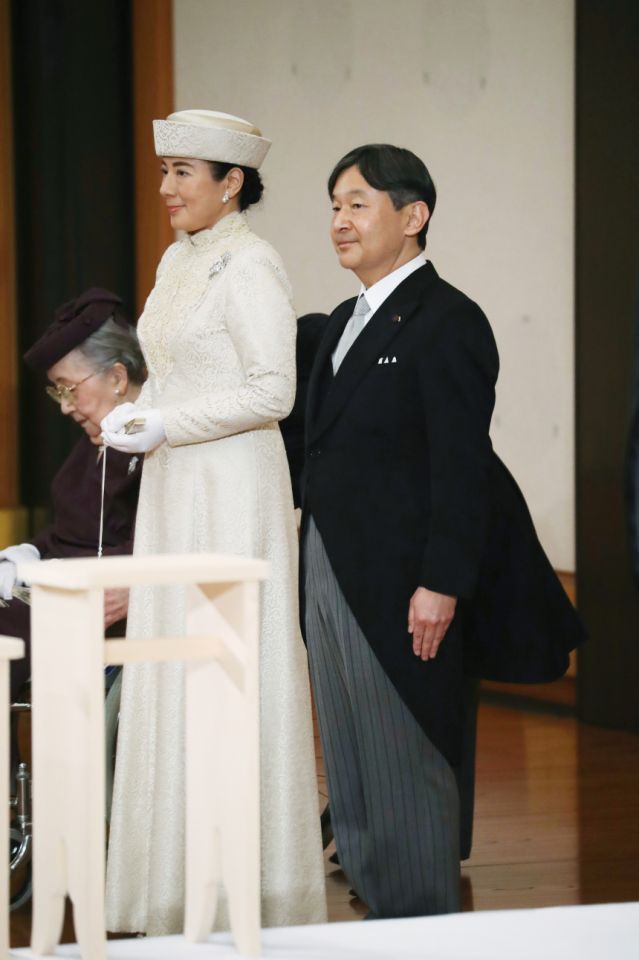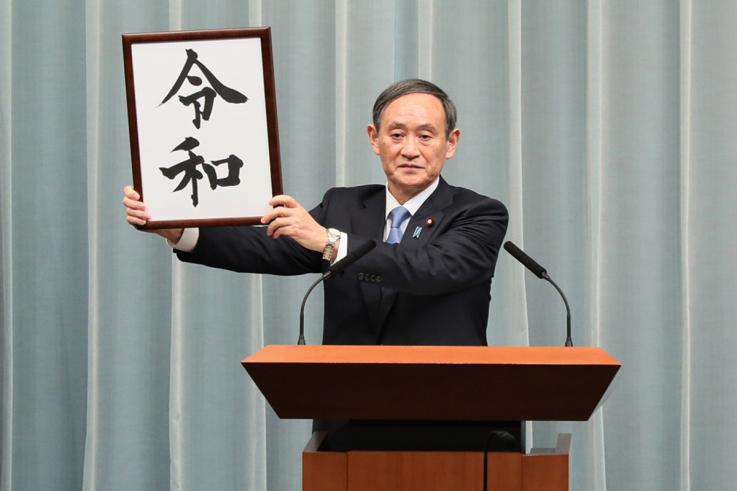On April 30, 2019 Japanese Emperor Akihito officially abdicated the throne. Now, we are witnessing a new Japanese imperial era: Reiwa.
A Quick Background
The Japanese monarchy has lived longer than any other hereditary monarchies, reigning over Japan for about 2,600 years n0w. The Japanese empire begins Emperor Jimmu who, according to the legends, is the first emperor and who was directly descended from the sun goddess, Amaterasu-ōmikami.
Across time, the powers and influence of the emperor fluctuated. Japanese emperors were once considered to be divine. Due to the presence of the shogunate or the military government which began during 1192 AD up to 1867, the emperor and the imperial court was merely for ceremonial purposes and have nominal authority only.
On 1868, this drastically changed under the reign of Emperor Meiji, who brought back the power to the throne when the shogunate panned out. By the end of the second world war, the throne was again stripped off of its political power through the 1947 Constitution.
Fast forward to the present, Emperor Akihito’s Heisei Era is coming to a close.
From our partners:
Why will Emperor Akihito abdicate the Throne?
Emperor Akihito hinted on his desire to abdicate back in 2016, citing his failing health. He said, “I am concerned it may become difficult for me to carry out my duties as the symbol of the state with my whole body and soul as I have done so far.” The emperor had already gone through heart surgery and treatment for prostate cancer. Unfortunately, abdication wasn’t an option. The law binds him to serve as emperor until his death. This changed in 2017 when the bill allowing him to abdicate was passed.

What happened during the Heisei Era?
The Heisei Era started out rough, opening with the Lost Decade, an economic breakdown due to the stock market plummeting and a crisis in debt. Disasters have also plagued Japan in this era, with the 1995 Great Hanshin Earthquake as well as the devastating 2011 earthquake striking the country.
While there are still bumps along the way, Japan is in the process of economic recovery. This era is also where Japanese culture soared as anime and manga increased in popularity worldwide.
Who is the next Emperor?
The next emperor will be Crown Prince Naruhito, the eldest son of Emperor Akihito and Empress Michiko. The Crown Prince has taken over some of the duties of the Emperor prior to the official abdication. On May 1, he will be Japan’s 126th emperor.

What is the role of the Emperor?
The role of the Emperor at present is entirely ceremonial. The emperor leads sacred rituals. Furthermore, the emperor is the symbol of power and authority in Japan. In practice, though, he doesn’t really exercise any sort of political power. Under the 1947 Constitution, the role of the emperor is primarily defined as “the symbol of the State and of the unity of the people.”
Why is Reiwa important?
Reiwa, which roughly translates to “Beautiful Harmony” is far from being a mere name. It would bring about changes in coins, government and legal paperworks, as well as newspapers where the name would appear. This also entails a change in the Japanese calendars called gengō which are based on the current name of the era.
The Japanese associate themselves with the era they were born in and what happened during that time. In this sense, era names are a way to partition the history of Japan. For example, Meiji era is often associated with Japan’s industrialisation during the 19th century, the Showa era, on the other hand, is the one associated with the events of World Reiwa, therefore, symbolizes a new chapter. The name will soon be associated with the events, culture, politics and whatever transpires during the era.

PRIME MINISTER OF JAPAN’S OFFICE
What should we look forward to in Reiwa?
With the Heisei era focusing on recovery from the economic slant brought upon by the Lost Decade, the Reiwa era is expected to build upon that. The new era will be facing challenges such as the declining demographic of the country and finding more platforms for sustainable growth.
With the mark of the new era, we are hopeful that Reiwa will be filled with changes leading to the beautiful harmony its name suggests.













